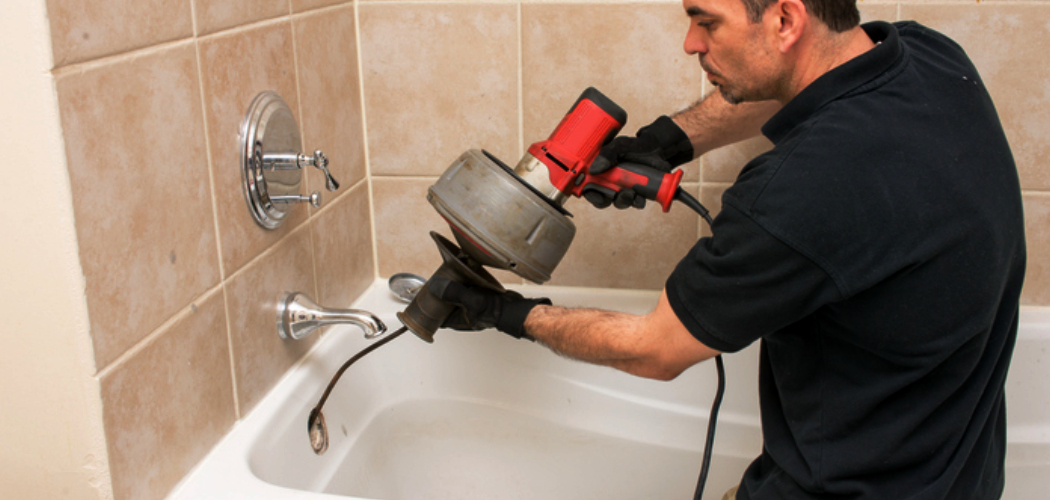A bathtub drain is a simple yet vital component of bathroom plumbing that ensures water flows out efficiently after use. It consists of several parts working together to channel water into the main drainage system while preventing clogs and leaks. Understanding how a bathtub drain works can help in maintaining it properly and troubleshooting common issues that may arise over time.
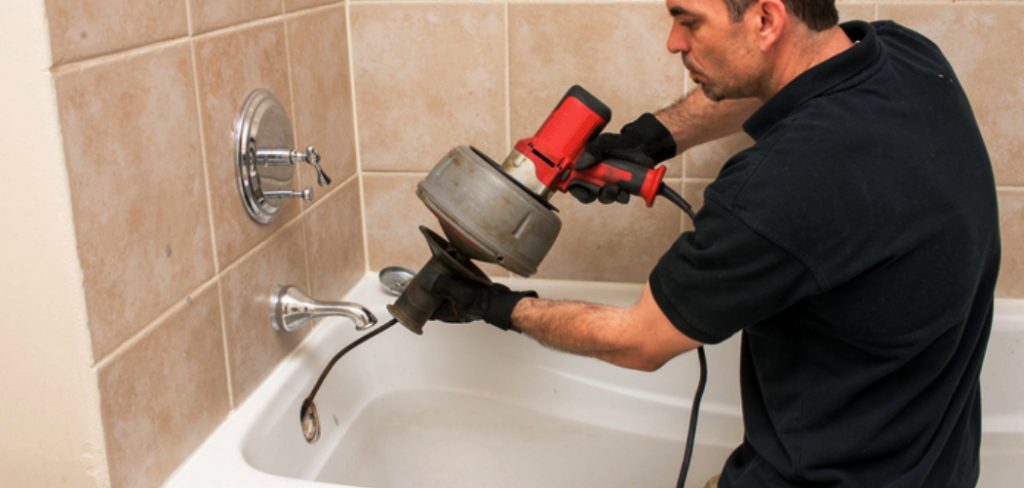
The Importance of a Functioning Bathtub Drain
A functioning bathtub drain is essential for maintaining a clean and hygienic bathroom environment. It allows wastewater to exit quickly and effectively, preventing stagnant water, which can lead to unpleasant odors and mold growth. Additionally, a well-maintained drain minimizes the risk of plumbing issues such as blockages or leaks, which can result in costly repairs. Proper drainage also ensures that the bathtub remains safe to use, as standing water can create a slippery and hazardous surface. Regular maintenance and prompt attention to any issues help keep the drain operating smoothly, ensuring the longevity and usability of your bathtub.
The Basics of a Bathtub Drain System
At its core, a bathtub drain system is designed to redirect wastewater from the tub to the home’s main drainage system. It consists of two primary components: the drain opening and the overflow drain. The main drain is located at the base of the tub and allows water to flow out during regular use. The overflow drain, positioned higher on the tub wall, serves as a safety feature by preventing the bathtub from overfilling if left unattended. Both drains are usually connected via a system of pipes called the drain assembly, which is sealed to prevent leaks.
Additionally, most bathtub drains are equipped with a stopper mechanism, such as a plug or lever-operated stopper, enabling users to retain water in the tub when desired. These integrated components work in harmony to ensure efficient and safe drainage.
Key Components of a Bathtub Drain
A bathtub drain is composed of several key components, each serving a specific function to ensure proper water flow and prevent issues like clogs or leaks. Below are the main components typically found in a bathtub drain system:
- Drain Opening
The drain opening is located at the base of the bathtub and serves as the entry point for wastewater. It is usually covered by a strainer or grate to prevent large debris from entering the pipes.
- Overflow Drain
Positioned higher on the tub wall, the overflow drain is a critical safety feature that prevents accidental overflows by redirecting excess water into the drainage system. It is connected to the main drain through the drain assembly.
- Drain Assembly
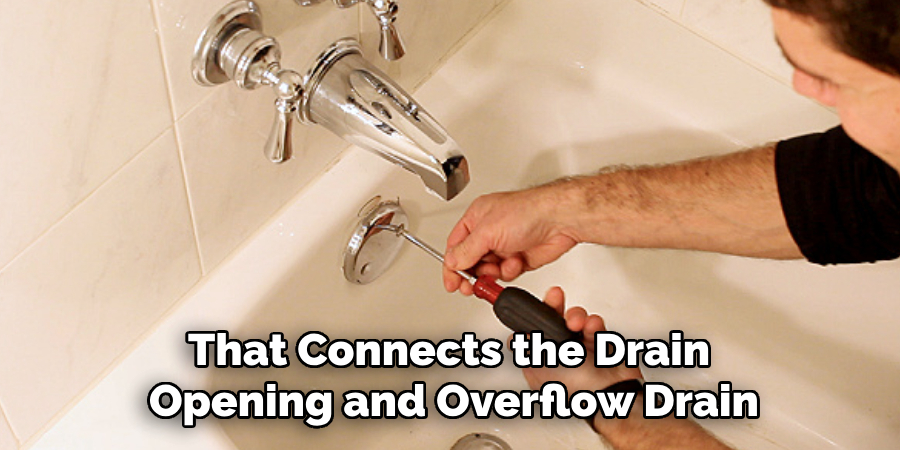
This is the network of pipes that connects the drain opening and overflow drain to the main household drainage system. The assembly ensures smooth water flow and is sealed to prevent leaks.
- Stopper Mechanism
The stopper mechanism allows the user to hold water in the tub as needed. Common types include lever-operated stoppers, popup stoppers, and simple rubber plugs. These mechanisms can be adjusted or replaced to ensure a proper seal.
- Trap
The bathtub’s P-trap or U-trap is a curved section of pipe located beneath the tub. It retains a small amount of water to prevent foul-smelling sewer gases from escaping through the drain while maintaining an unobstructed pathway for water flow.
- Vents
Vents are an integral part of the drainage system, allowing air to flow into the pipes, which helps maintain proper pressure and prevents slow draining or gurgling noises.
These components work together to create a reliable and efficient drainage system, ensuring the bathtub stays functional and free from common issues. Regular inspection and maintenance of each part can significantly extend the lifespan of your bathtub drain system.
10 Methods How a Bathtub Drain Works
1. Understanding the Basic Structure of a Bathtub Drain
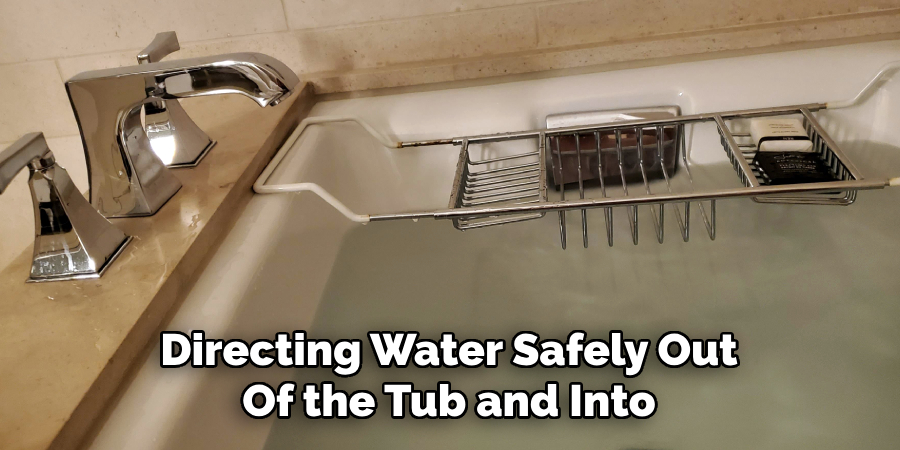
The bathtub drain consists of several essential parts, including the drain opening, stopper, P-trap, overflow pipe, and main drainpipe. Each of these components plays a role in directing water safely out of the tub and into the home’s plumbing system. The drain is typically connected to the main sewer or septic system, ensuring wastewater is properly disposed of.
2. Role of the Drain Stopper in Controlling Water Flow
The drain stopper is responsible for either blocking or allowing water to flow down the drain. Common types of stoppers include lift-and-turn, push-and-pull, toe-touch, flip-it, and pop-up styles. By engaging the stopper, users can fill the bathtub for bathing and release it when draining is required.
3. Function of the Overflow Drain in Preventing Overflows
The overflow drain is a secondary opening located near the top of the tub. It prevents water from spilling over the bathtub’s edges by redirecting excess water into the drain system. A pipe connects the overflow opening to the main drain, ensuring that water does not accumulate beyond a safe level.
4. Importance of the P-Trap in Preventing Sewer Gas Leaks
A P-trap is a curved pipe located beneath the bathtub drain that holds a small amount of water at all times. This water barrier prevents foul-smelling sewer gases from escaping into the bathroom. The P-trap also helps trap debris, reducing the likelihood of clogs further down the plumbing system.
5. How Gravity Affects the Drainage Process
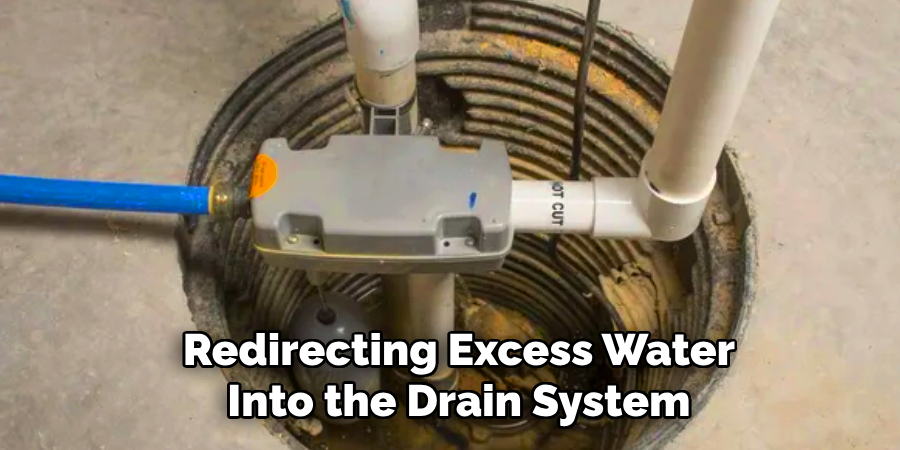
A bathtub drain operates primarily by gravity. When the stopper is opened, water flows down the drain due to the force of gravity, moving through the P-trap and into the sewer or septic system. The proper slope of the pipes ensures smooth water flow and minimizes the risk of backups.
6. Role of Vent Pipes in Airflow and Drain Efficiency
Vent pipes are essential components of any plumbing system, including the bathtub drain. They allow air to enter the drainpipes, preventing airlocks that could slow water drainage. Proper venting ensures that water flows freely and prevents unpleasant gurgling noises that indicate airflow problems.
7. Common Causes of Bathtub Drain Clogs
Bathtub drains frequently become clogged due to the accumulation of hair, soap scum, and mineral deposits. Over time, these materials build up inside the pipes, reducing water flow. Regular maintenance, such as using drain covers and periodic cleaning, can help prevent clogs and maintain optimal drain performance.
8. How a Pop-Up Drain Mechanism Works
Many bathtubs feature a pop-up drain, which operates using a lever or knob mechanism connected to an internal linkage system. When the lever is lifted, the pop-up stopper disengages, allowing water to drain. When the lever is pushed down, the stopper seals the drain, enabling the tub to fill with water.
9. Impact of Water Pressure and Flow Rate on Drainage
Water pressure and flow rate affect how efficiently a bathtub drain functions. A well-maintained drain allows water to exit quickly, while a partially blocked or improperly sloped pipe may slow drainage. Ensuring that pipes are free of obstructions and properly installed helps maintain an efficient drainage system.
10. Maintenance Tips for Keeping a Bathtub Drain in Good Condition
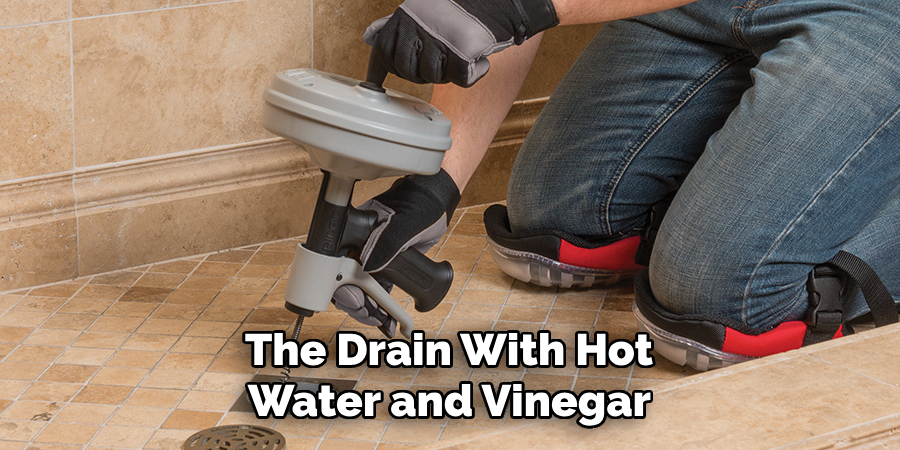
Regular maintenance can prevent bathtub drain problems. Using a hair catcher, cleaning the stopper mechanism, and flushing the drain with hot water and vinegar can help maintain smooth water flow. Avoiding the disposal of grease, excessive soap, and debris down the drain will also prolong its efficiency.
Safety Considerations
When working with a bathtub drain, safety should always be a priority to avoid injuries or damage to the plumbing system. Here are key safety considerations to keep in mind:
Use Proper Tools and Safety Gear
Always use the correct tools, such as a drain snake or plunger, when addressing drain issues. Wear gloves to protect your hands from sharp debris, chemicals, or contaminants in the drain. Safety goggles are also recommended when working with chemical cleaners to shield your eyes from splashes.
Avoid Harsh Chemical Cleaners
While chemical drain cleaners can be effective for clearing clogs, they can also damage pipes if used excessively. These chemicals are often corrosive and pose risks to your skin and eyes. Opt for eco-friendly alternatives or mechanical methods to minimize hazards.
Turn Off the Water Supply When Necessary
If performing extensive repairs or replacements on the drain components, it is advisable to turn off the water supply to prevent flooding or accidental water flow during maintenance.
Handle Debris With Caution
Clogs often contain sharp or unhygienic materials like broken glass, hair, or accumulated dirt. Carefully remove and dispose of debris to reduce the risk of cuts or exposure to harmful substances.
Ensure Proper Ventilation
If using chemical cleaners or adhesives, work in a well-ventilated area to avoid inhaling toxic fumes. Open windows or use an exhaust fan to ensure airflow.
Conclusion
Understanding how a bathtub drain works can help homeowners identify and resolve common drainage issues. From the role of the P-trap in blocking sewer gases to the function of vent pipes in maintaining airflow, each component plays a crucial role in the drain system. By following proper maintenance practices, you can ensure a fully functional and clog-free bathtub drain for years to come.

